
Direct Marketing Fundraising: Talking to Donors One-on-One
From connecting with new donors to encouraging current supporters…

Sourcing & Utilizing Employment Data for Higher Ed Fundraising
Colleges and universities often rely on generous donors to fund…
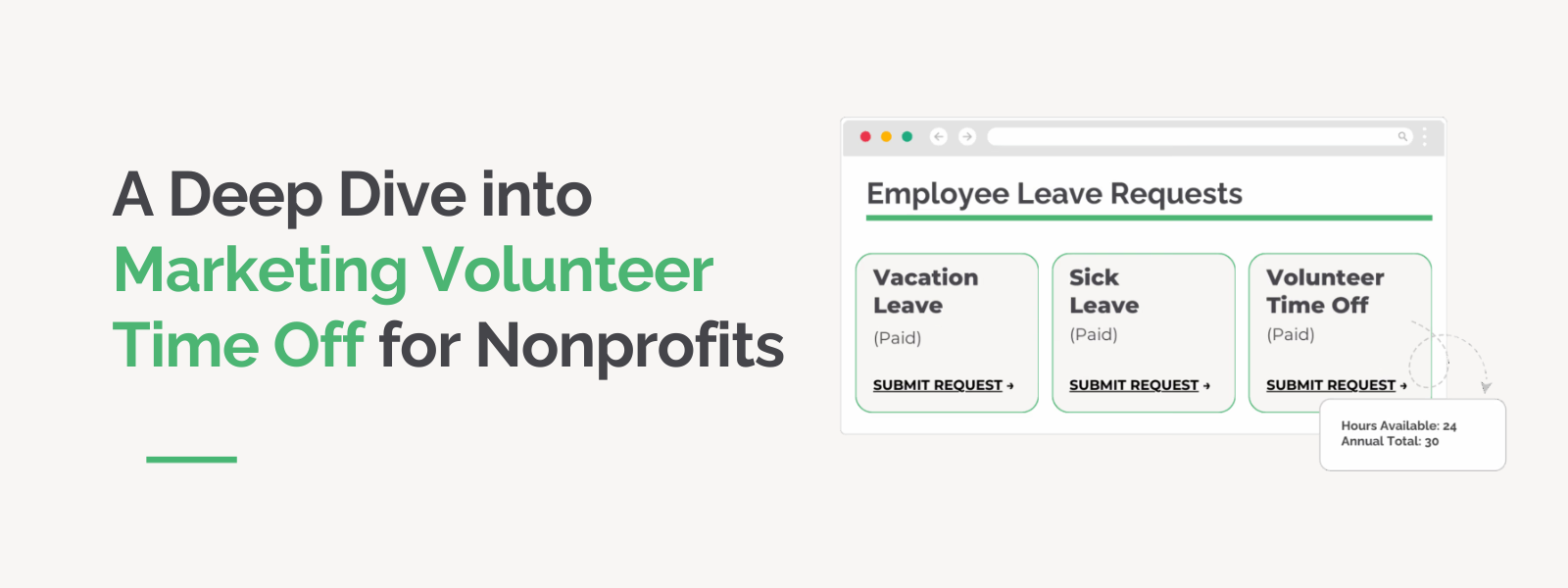
A Deep Dive into Marketing Volunteer Time Off for Nonprofits
Paid Volunteer Time Off (VTO) programs continue to gain traction…

The Power of Email Domain Screening For Matching Gifts
Find out how email domain screening can bring your organization’s…
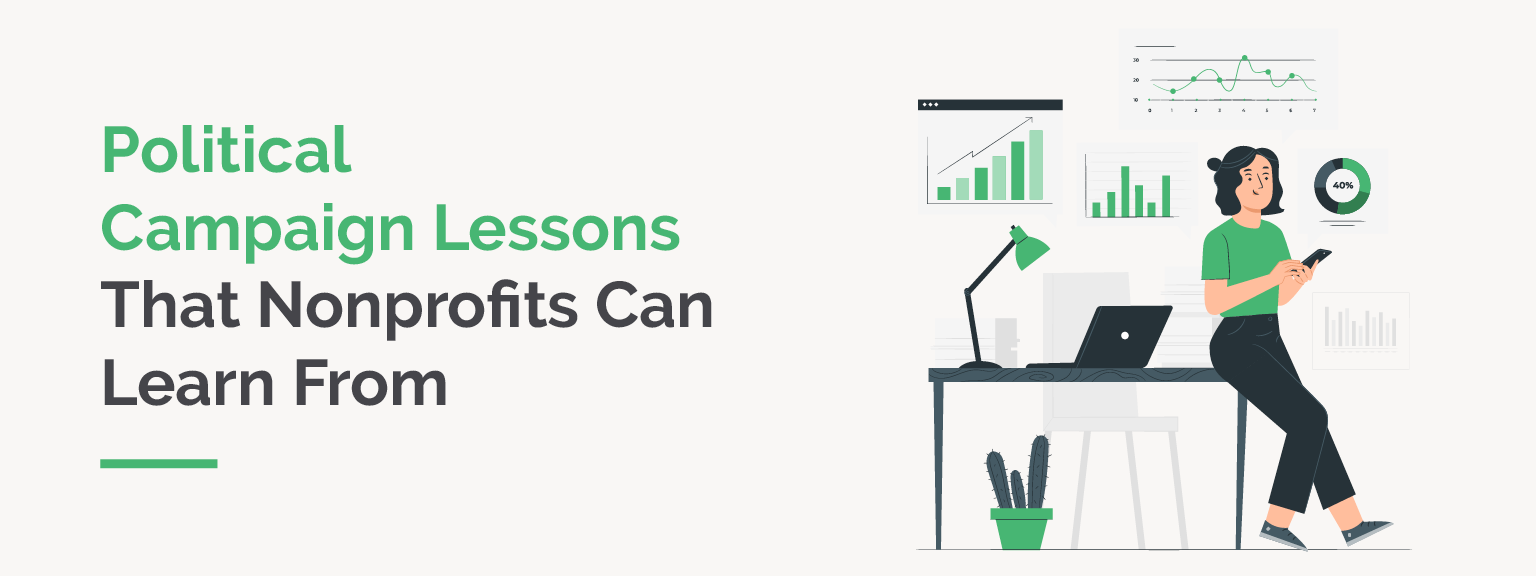
5 Political Campaign Lessons That Nonprofits Can Learn From
In major election years, political campaigns are at the top of…
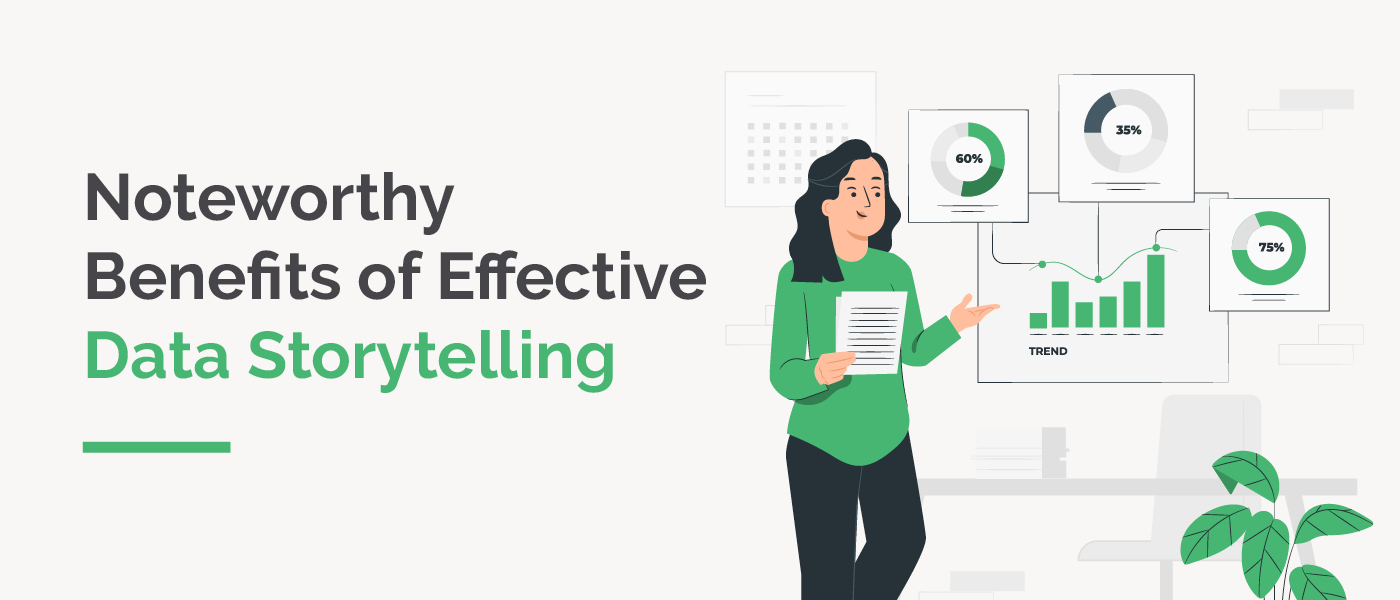
5 Noteworthy Benefits of Effective Data Storytelling
According to Steve Jobs, “The most powerful person in the world…

Creative Marketing Ideas for Charity Golf Tournaments
As a nonprofit professional, you likely already understand the…
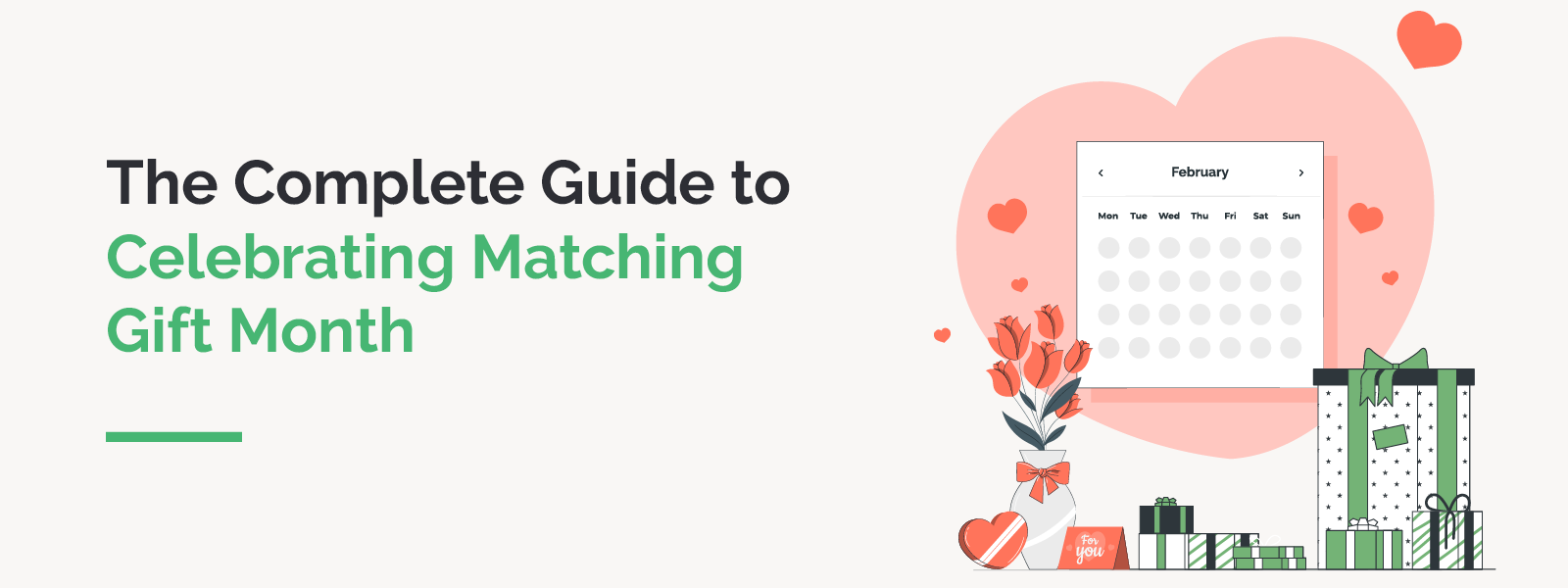
Here’s How You Can Celebrate Matching Gift Month This February
February is a time to celebrate love and happiness—and matching…
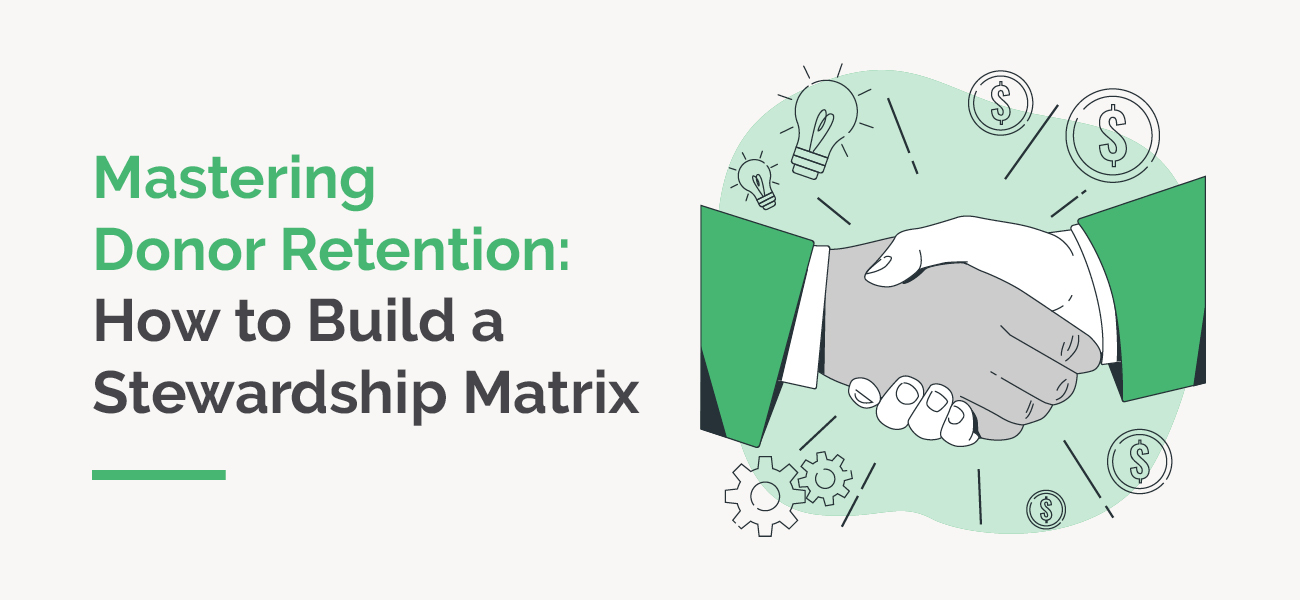
Mastering Donor Retention: How to Build a Stewardship Matrix
Nonprofits thrive on the generosity of committed donors, whose…
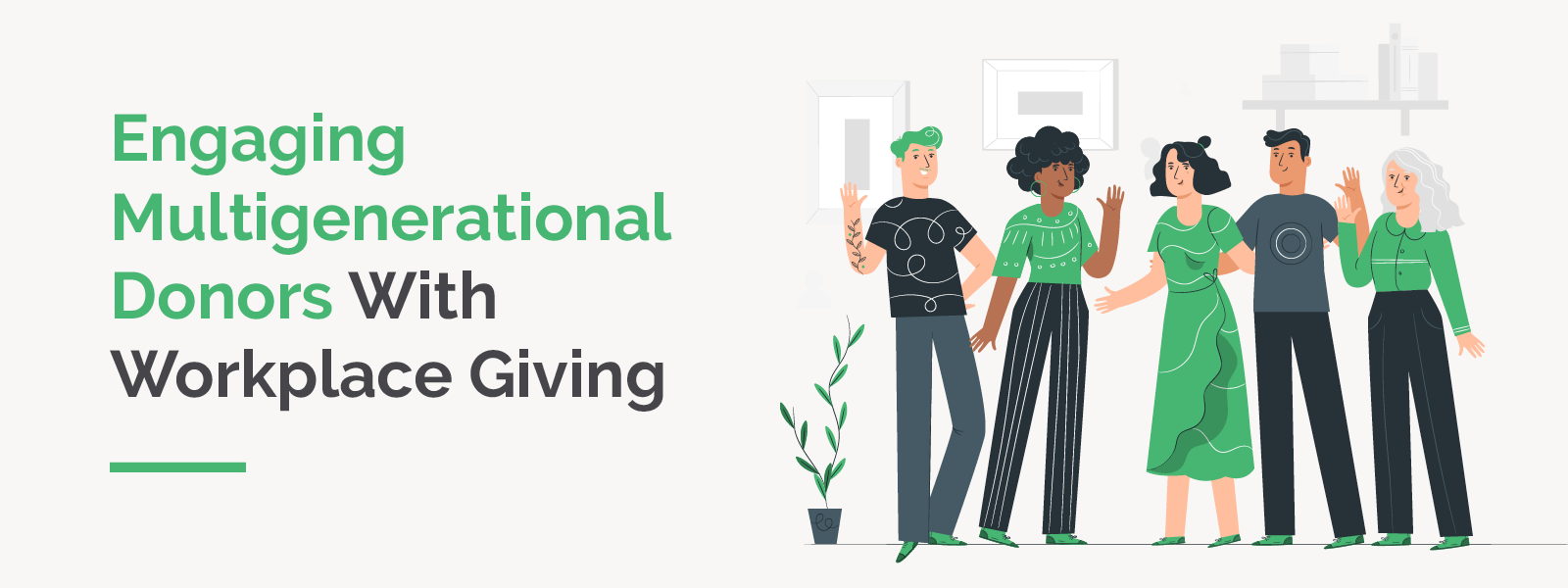
Engaging Multigenerational Donors [With Workplace Giving]
Tons of companies offer workplace giving programs as a way…

